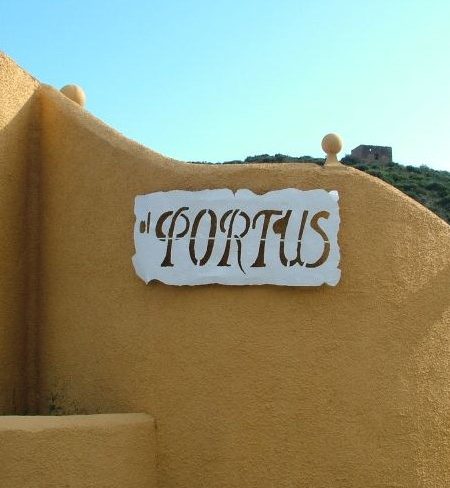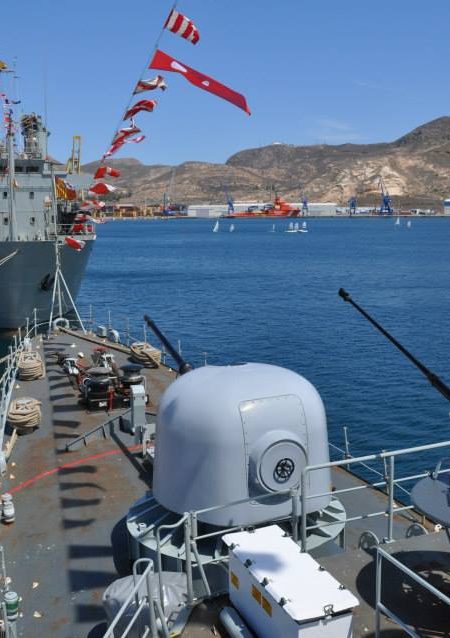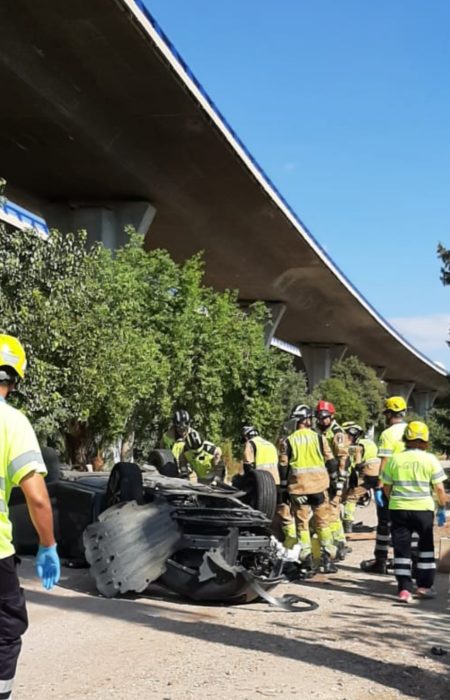Anti-flood strategies are more prevalent than ever in public institutions as a result of the most recent flood, which struck the province of Valencia on October 29th, as well as others that have swept through the city of Alicante over the past several centuries.
A new plan announced by the City Council and the joint venture Aguas de Alicante will enable the city’s flood-fighting infrastructure network to grow. This is meant to lessen the impact of upcoming floods and heavy rainfall.
Twelve anti-pollution and retention tanks, similar to the one in the San Gabriel neighbourhood, and three new flood-prone parks, modelled after La Marjal on San Juan Beach, are to be constructed. This is all part of the ‘Alicante Circular’ project.
These facilities will be incorporated into Alicante’s new General Urban Development Plan in an effort to further establish the city as a model for rainwater management optimisation using sustainable and environmentally friendly technologies.
Future Alicante parks that could flood
Three new flood-prone parks are being designed by Aguas de Alicante and the City Council and will be located throughout the city’s neighbourhoods. There will be one in the vicinity of Vía Parque-Teulada.
To “be prepared” for new “stronger and more torrential rainfall,” this project will encompass the communities of Los Ángeles, San Agustín, Tómbola, Rabasa, Virgen del Remedio, and Ciudad Jardín, according to Aguas de Alicante.
As a result, this area of Alicante will have a new green flood zone in addition to a public recreation area. Additionally, by expanding the capacity of the collectors on Avenida de la Universidad and Calle Virgen de los Lirios, it will aid in reducing traffic in the Ovejas de San Gabriel ravine.
The two more flood-prone parks in Alicante will be included into new city projects: the Alicante Sea Park and Casa Mediterráneo on Avenida de Elche, and the planned Central Park at the head of the San Blas ravine.
Tanks of water
Installing a dozen new anti-flood tanks with a combined capacity of 150,000 cubic meters is another goal shared by Aguas de Alicante and the City Council. The city’s “sensitive points” will receive these.
In addition to lowering the risks of contamination linked to particular reliefs on beaches, ravines, and the coastal shoreline—particularly those of Cocó, Palmeral, La Albufereta, Condomina, and the lower area of San Gabriel in the Paseo Joan Fuster area—the new infrastructure will help contain water from future floods and torrential rains.
Additional performances
Rainwater will be drained and stored in several tanks as part of the new green space on the shore that Almadraba beach in Alicante is developing into. The goal of this is to stop the area’s flooding issues.
Additionally, a network of remote controllers in the city’s collectors supports all of these activities. This keeps an eye on and manages every component that enables real-time action on the water flows that Aguas de Alicante deployed.









No Comment! Be the first one.